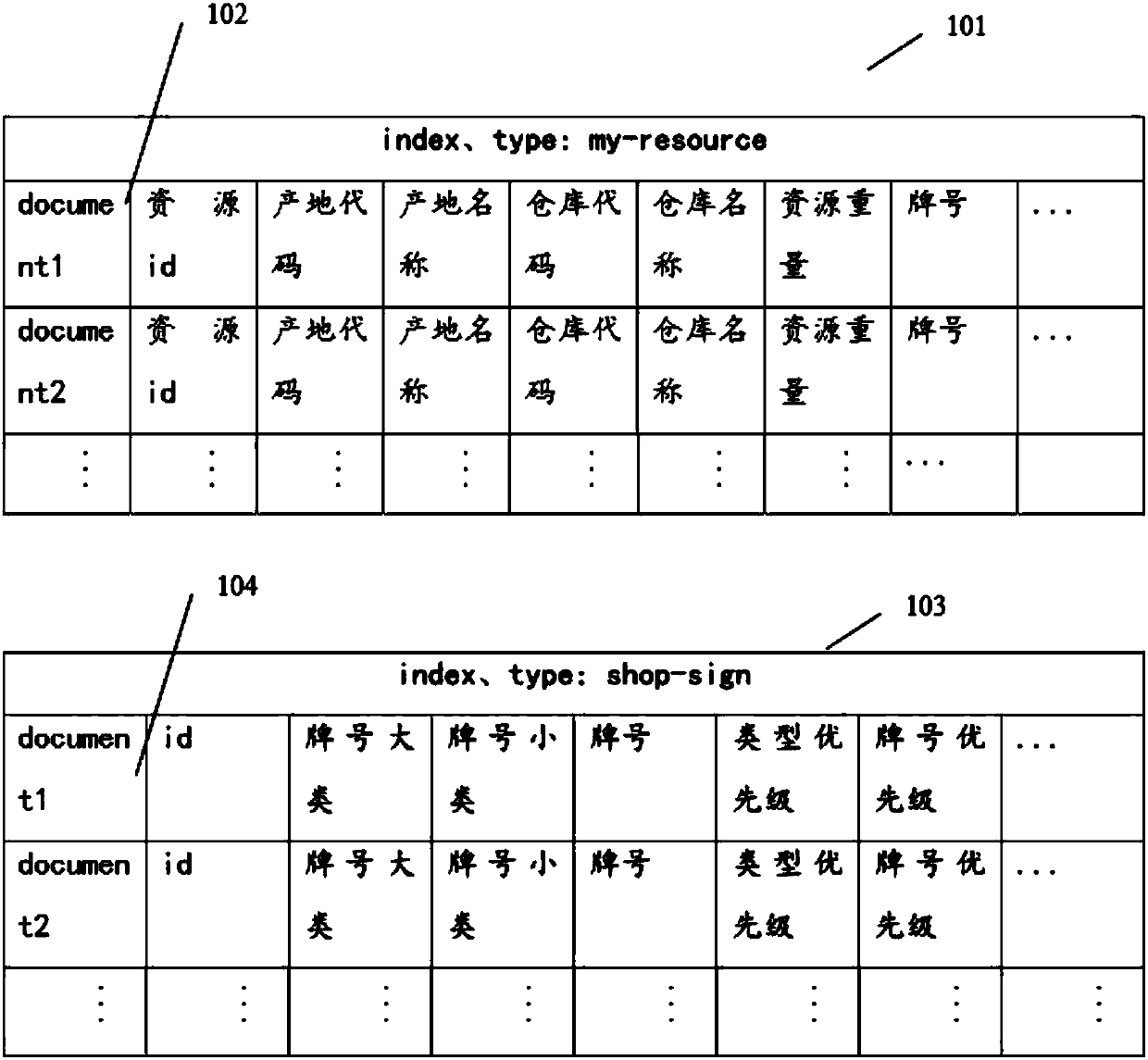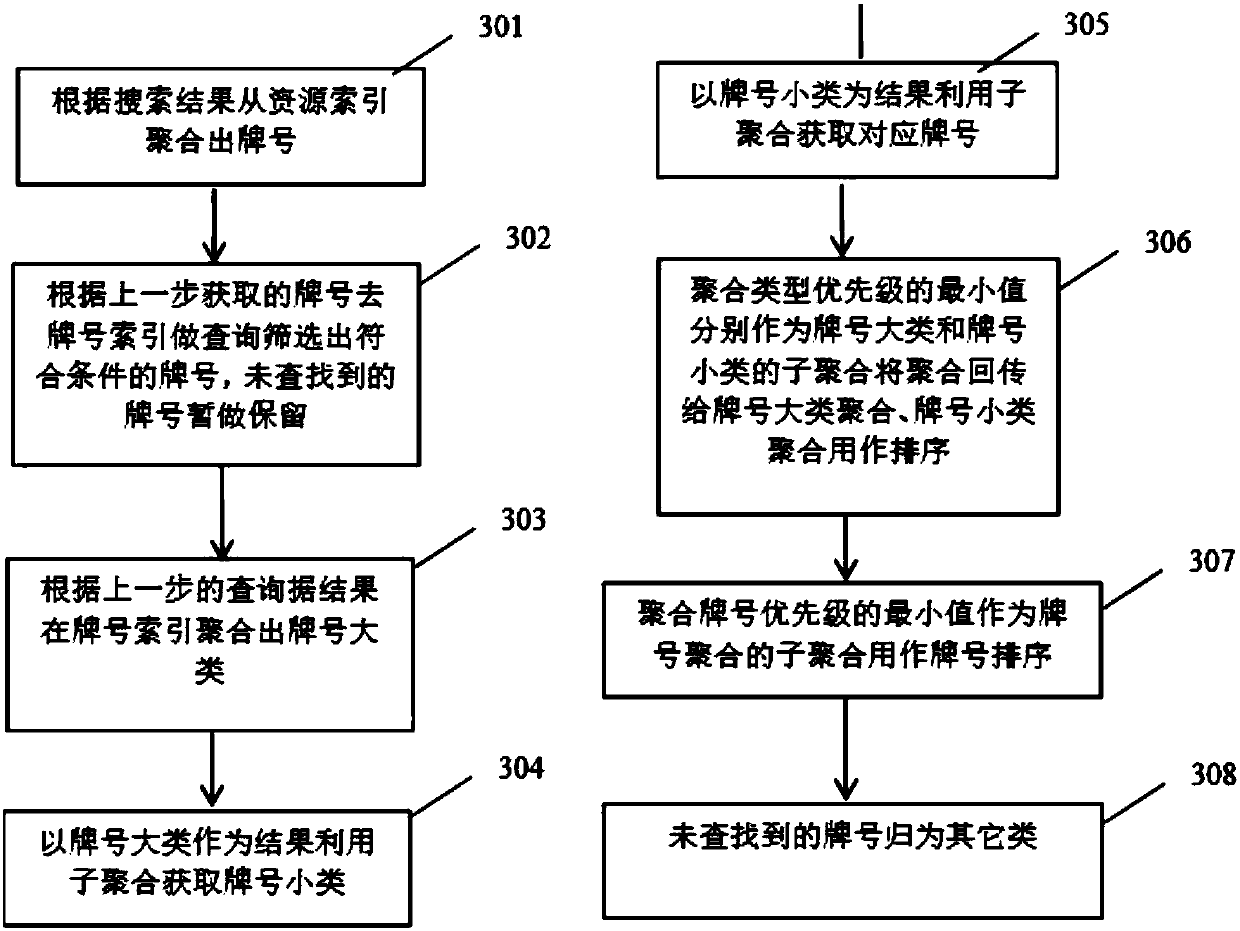Rapid classification and aggregation method and system for iron and steel e-commerce comprehensive retrieval
A technology of fast classification and aggregation methods, applied in the computer field, can solve problems such as no fast classification and aggregation methods, and achieve the effect of improving user experience and improving execution efficiency
- Summary
- Abstract
- Description
- Claims
- Application Information
AI Technical Summary
Problems solved by technology
Method used
Image
Examples
Embodiment Construction
[0048] The present invention will be described in detail below in conjunction with specific embodiments. The following examples will help those skilled in the art to further understand the present invention, but do not limit the present invention in any form. It should be noted that those skilled in the art can make several changes and improvements without departing from the concept of the present invention. These all belong to the protection scope of the present invention.
[0049] Such as figure 1 As shown, according to the present invention, a fast classification and aggregation method for e-commerce comprehensive retrieval involves two full-text indexes, including: resource index and trade mark index.
[0050] Resource index establishment steps: establish resource index 101, store information of all resources to be sold, resource index is composed of resource index documents 102, each resource index document 102 contains all information of a resource to be sold, each A ...
PUM
 Login to View More
Login to View More Abstract
Description
Claims
Application Information
 Login to View More
Login to View More - R&D
- Intellectual Property
- Life Sciences
- Materials
- Tech Scout
- Unparalleled Data Quality
- Higher Quality Content
- 60% Fewer Hallucinations
Browse by: Latest US Patents, China's latest patents, Technical Efficacy Thesaurus, Application Domain, Technology Topic, Popular Technical Reports.
© 2025 PatSnap. All rights reserved.Legal|Privacy policy|Modern Slavery Act Transparency Statement|Sitemap|About US| Contact US: help@patsnap.com



